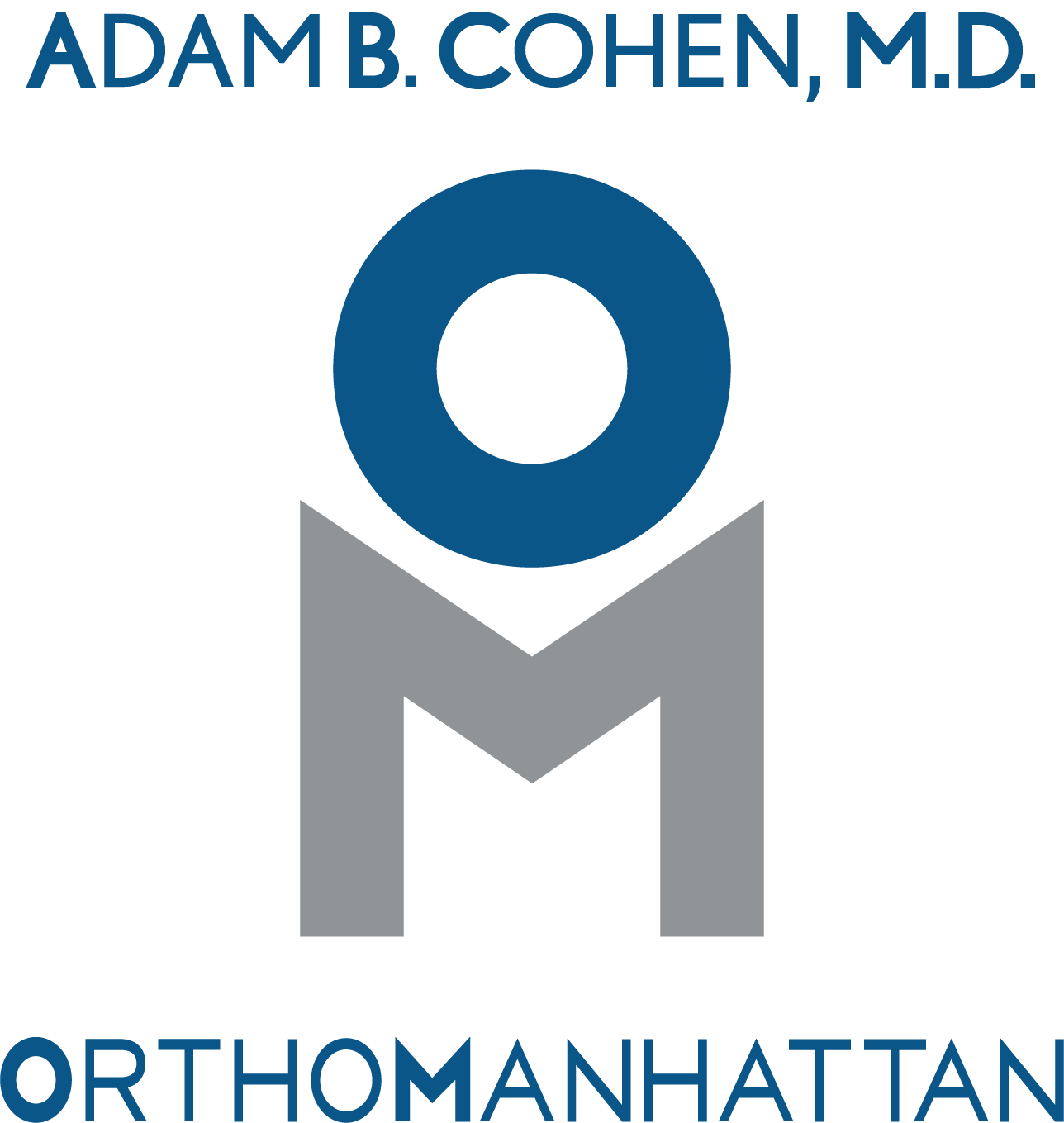Home > Shoulder > Shoulder Instability > Surgery
Do I need shoulder surgery for my dislocation?
Shoulder instability will occasionally require surgery. Surgery is recommended when non-operative measures fail to stabilize the shoulder. It is also sometimes recommended in young, active individuals after a first time dislocation.
There are different types of surgery to address shoulder instability. The type of surgery will depend on the specific findings on examination and on imaging studies (e.g., radiographs, MRI and CT scans).
Below are some commonly performed surgeries to address shoulder instability:
Arthroscopic Bankart Repair
What is Bankart Repair? When the shoulder dislocates out the front of the shoulder the labrum tears. The labrum is elevated soft cartilage that lines the rim of the shoulder socket, also called the glenoid. The injury to this glenoid labrum is called a Bankart Lesion. This Bankart lesion can be repaired with an arthroscopic procedure called arthroscopic Bankart repair, also called arthroscopic labral repair. Once repaired, and in its natural position, the shoulder will be stabilized.
In addition, the ligaments, which form a capsule around the shoulder, can get stretched out after a dislocation. This makes future dislocations more likely. During surgery to repair the labrum these ligaments may need to be tightened. This is called a capsulorrhaphy.
Open Bankart Repair
In some circumstances an open Bankart Repair may be recommended. This is sometimes related to the severity of the injury or surgeon preference. The surgery is the same, that is, the Bankart Lesion is repaired and the capsule is tightened (capsullorrhapy). This surgery is performed through an incision in the front of the shoulder and requires detachment of a part of the rotator cuff to perform the surgery, which is also repaired after the shoulder is stabilized.


